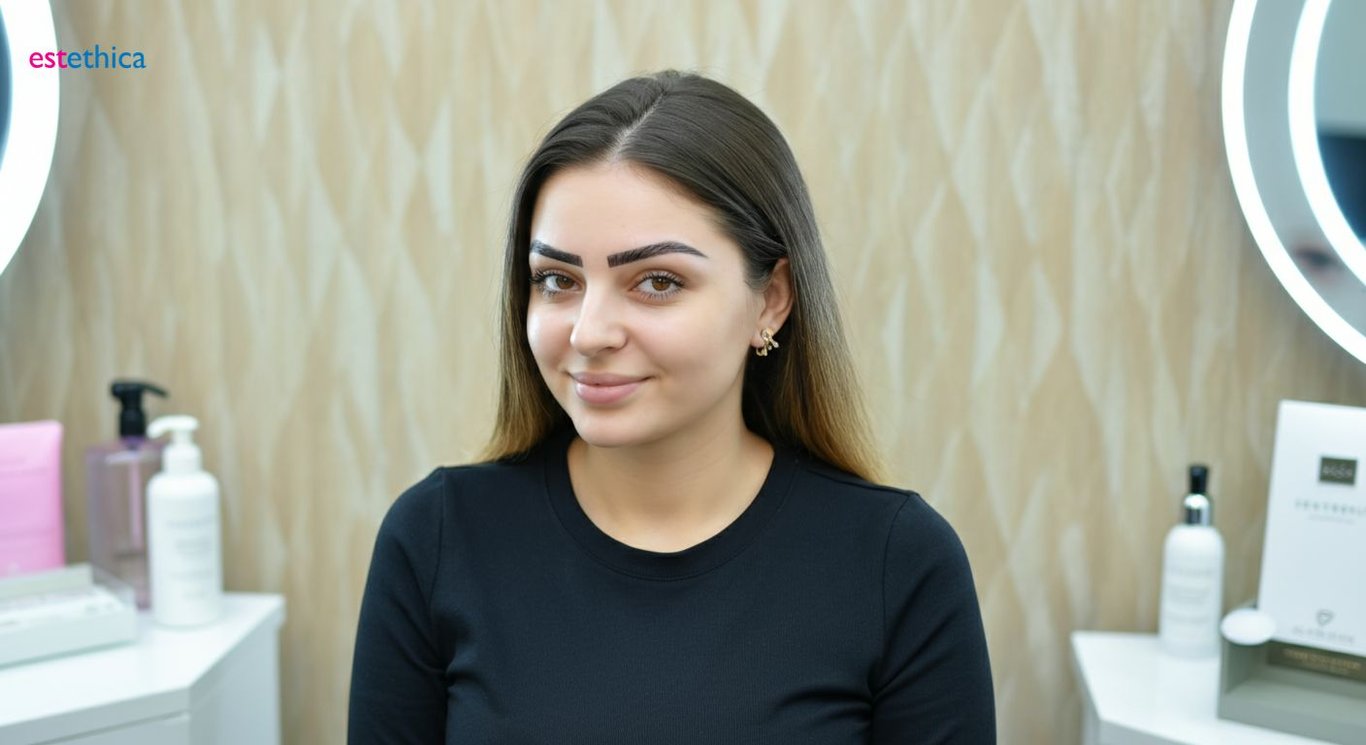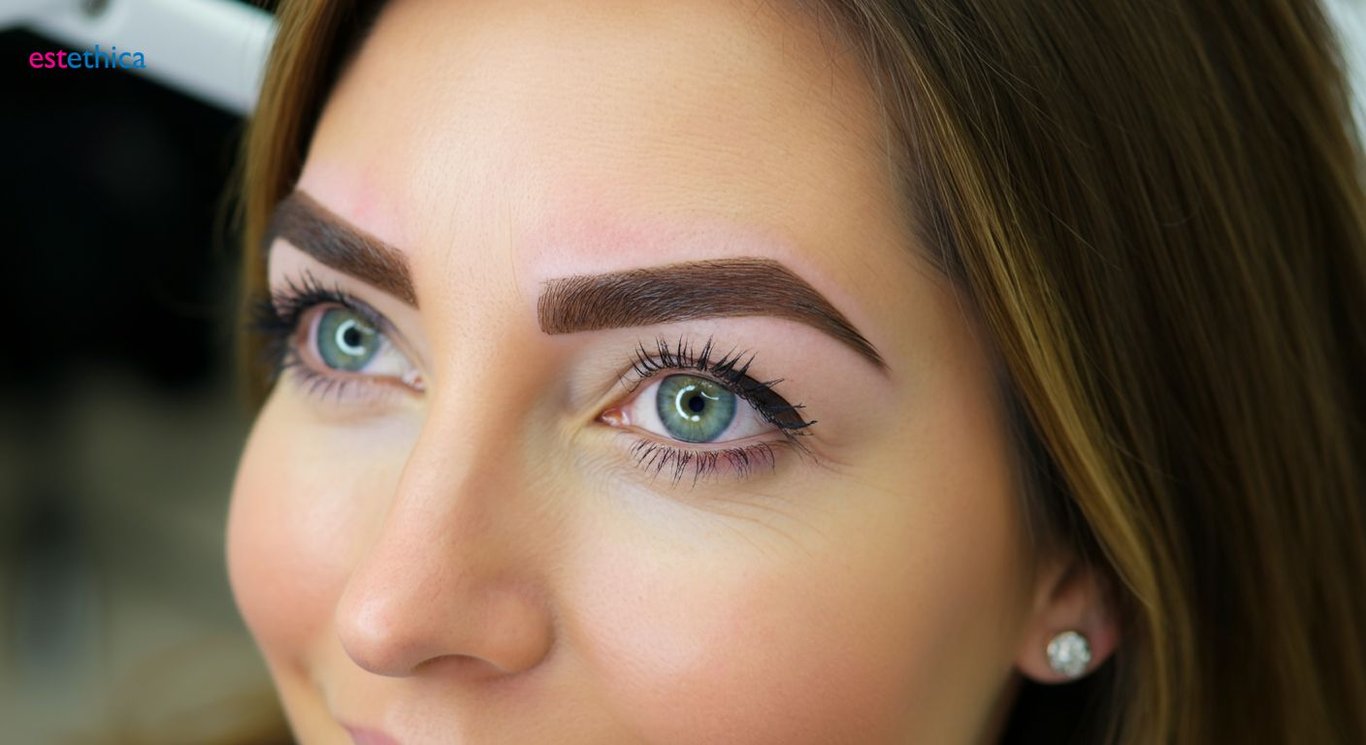Eyebrow Transplant: Sculpting Natural Beauty, One Hair at a Time
Experience the transformative power of an eyebrow transplant for fuller, natural-looking brows.
Are you dreaming of fuller, natural-looking eyebrows that enhance your facial features? An eyebrow transplant might be your solution. This surgical procedure offers a permanent fix for sparse brows, giving you the confidence to face the world with beautifully shaped eyebrows. In this article, we’ll explore everything from the procedure itself to post-surgery care, ensuring you know exactly what to expect on your journey to natural arches you’ll love.
Understanding Eyebrow Transplant: Is It Right for You?
Determining Candidacy for Eyebrow Restoration
An eyebrow transplant is a tailored solution, ideal for individuals experiencing eyebrow thinning or loss. Those with genetically sparse eyebrows, or eyebrows thinned from years of over-plucking, find this procedure transforms their appearance. Moreover, individuals who have lost eyebrow hair due to medical treatments or trauma are often excellent candidates. This sophisticated procedure aims to restore eyebrows to their natural density and shape, significantly enhancing facial aesthetics.
Factors Indicating Good Candidacy
- Stable Hair Loss Pattern: Candidates should have a stable hair loss pattern, ensuring that the transplanted follicles are less likely to be affected by future hair loss.
- Realistic Expectations: A clear understanding of what the eyebrow hair transplant can achieve is crucial. While it can significantly improve eyebrow density and shape, it may not perfectly replicate pre-loss conditions.
- Good Overall Health: Candidates should be in good general health, as certain medical conditions can affect the healing process and the success of the transplant.
Assessing Potential Risks of Eyebrow Transplant
While eyebrow hair transplant is generally safe, potential risks should be carefully considered. The most common risks include infection at the transplant site, scarring, and asymmetry in the eyebrow shape. Additionally, there is a risk of the transplanted hair growing in the wrong direction, requiring further adjustments. A thorough consultation with a qualified surgeon can help mitigate these risks, ensuring a safe and successful procedure. Follicular unit extraction eyebrow techniques minimize the risk of scarring through precise extraction methods.
Managing Potential Risks
- Choosing a Qualified Surgeon: Selecting an experienced and certified surgeon significantly reduces the risk of complications.
- Following Post-operative Care: Adhering to the surgeon's aftercare instructions is crucial for preventing infection and promoting proper healing.
- Understanding Realistic Outcomes: Realistic expectations help in managing potential disappointments and ensuring satisfaction with the results.

Follicular Unit Extraction: The Secret to Natural-Looking Eyebrows
How FUE Works for Eyebrow Restoration
Follicular Unit Extraction (FUE) is a sophisticated technique revolutionizing eyebrow restoration surgery. It involves extracting individual hair follicles from a donor area, typically the back of the scalp, and transplanting them into the eyebrow area. The surgeon meticulously places each graft to mimic the natural angle and direction of eyebrow hair growth. Several factors contribute to the popularity of FUE, including minimal scarring and the ability to achieve highly natural-looking results. This eyebrow hair transplant method ensures precision and artistry in recreating youthful eyebrows.
Key Steps in the FUE Procedure
- Follicle Extraction: Individual hair follicles are carefully extracted from the donor area, ensuring the integrity of each graft.
- Graft Preparation: The extracted follicles are prepared under a microscope to optimize their survival and growth potential.
- Implantation: The prepared grafts are meticulously implanted into the eyebrow area, following the natural hair growth pattern.
Benefits of FUE for a Natural-Looking Eyebrow Transplant
Choosing FUE for an eyebrow transplant comes with significant advantages, primarily due to its minimally invasive nature. Unlike older methods that involve removing a strip of scalp, FUE leaves virtually no visible scarring. This is particularly important for those who prefer to wear their hair short. The precision of FUE allows the surgeon to carefully select and place individual follicles, ensuring a natural eyebrow hair transplant. As more people look to restore eyebrows, FUE stands out as a method that combines advanced extraction technology with an artistic approach.
Advantages of FUE
- Minimal Scarring: FUE leaves tiny, virtually undetectable scars, making it an ideal choice for those concerned about visible marks.
- Natural Results: Surgeons can mimic the natural direction and angle of eyebrow hair, resulting in a more realistic appearance.
- Shorter Recovery: Compared to other methods, FUE typically involves a quicker recovery period, allowing people to quickly resume normal activities.

Eyebrow Restoration Surgery: What to Expect During Recovery
Immediate Aftercare Following Your Eyebrow Transplant
The recovery period after an eyebrow transplant is crucial for ensuring graft survival and achieving optimal results. Directly following the procedure, it's normal to experience some minor swelling and redness around the treated area. Avoiding strenuous activities and direct sunlight is critical during this initial phase. Your surgeon will provide specific instructions, which may include gentle cleansing routines, application of prescribed ointments, and guidelines on how to protect your new eyebrows. Proper aftercare significantly contributes to the overall success and appearance of your eyebrow restoration surgery.
Essential Aftercare Tips
- Gentle Cleansing: Use a mild cleanser as directed by your surgeon to keep the transplanted area clean and free from infection.
- Sun Protection: Protect your eyebrows from direct sunlight by wearing a hat or using a recommended sunscreen.
- Avoid Strenuous Activities: Refrain from heavy exercise and activities that could cause sweating or trauma to the eyebrow area.
Long-Term Care and Follow-Up Appointments
Long-term care is essential to maintain the results of your eyebrow hair transplant. Regular follow-up appointments with your specialist are crucial for evaluating the growth and health of the transplanted follicles. During these appointments, your surgeon can assess the overall outcome, address any concerns, and provide further guidance on maintaining your new eyebrows. Many patients at estethica find that adhering to a consistent grooming routine helps preserve the natural-looking eyebrow transplant for years to come. It's important to remember that transplanted eyebrows may require occasional trimming, as the hair will continue to grow like it would on the scalp. Regular check-ins ensure the longevity and aesthetic appeal of your renewed eyebrows. The process to restore eyebrows does not end after the surgery; it evolves into a personalized maintenance plan.
Steps for Long-Term Care
- Schedule Regular Check-ups: Attend all follow-up appointments with your surgeon to monitor the growth and health of your transplanted eyebrows.
- Follow Grooming Advice: Adhere to your surgeon’s recommendations for trimming and grooming your eyebrows to maintain their shape and appearance.
- Maintain a Healthy Lifestyle: A balanced diet and overall good health can contribute to the long-term success of your eyebrow hair transplant.

How Long Does an Eyebrow Transplant Last? Permanence Explained
The Enduring Nature of Eyebrow Transplants
The allure of an eyebrow transplant lies in its lasting results. Once the transplanted follicles successfully take root, they are designed to behave like regular eyebrow hair. Individuals seeking to restore eyebrows can find solace in the procedure’s long-term viability. The transplanted follicles are generally taken from areas of the body that are genetically resistant to hair loss, ensuring sustainable eyebrow growth. With proper care and adherence to post-operative guidelines, the results of an eyebrow transplant can be enjoyed for many years.
Factors Influencing the Longevity of Results
- Surgeon's Expertise: The skill and experience of the surgeon play a pivotal role in the survival rate of transplanted follicles and the overall success of the procedure.
- Patient Compliance: Adhering to post-operative care instructions, including gentle cleansing and avoiding trauma to the area, is crucial for long-term success.
- Individual Health: A person's overall health, including their nutritional status and any underlying medical conditions, can affect hair growth and retention.
FUE Technique: Achieving Natural-Looking Eyebrows Through Precise Follicle Extraction
Comprehensive Aftercare: Ensuring Graft Survival and Optimal Results in Eyebrow Transplants
Frequently Asked Questions
Who is an ideal candidate for an eyebrow transplant?
What are the benefits of Follicular Unit Extraction (FUE) for an eyebrow hair transplant?
What is the recovery process like after eyebrow restoration surgery?
How long does an eyebrow transplant last, and is it permanent?
What are the potential risks associated with an eyebrow transplant?
Ready to discover your healthy beauty with estethica's expert guidance?
📞 Get Your Free Consultation!